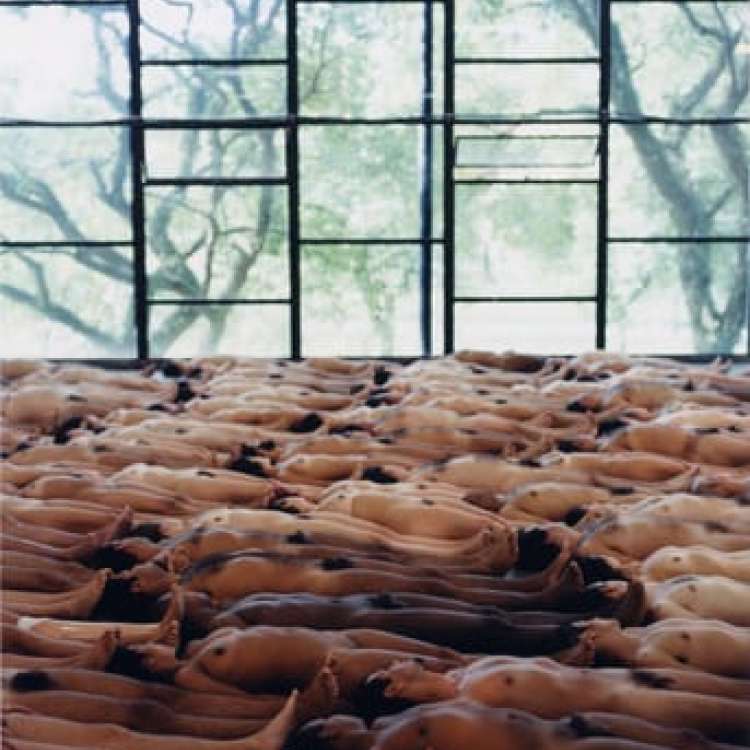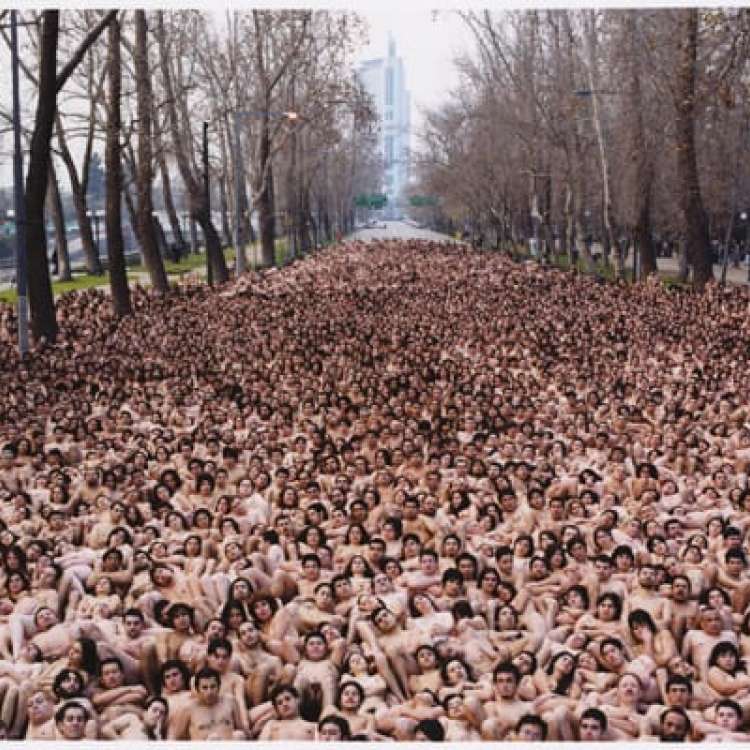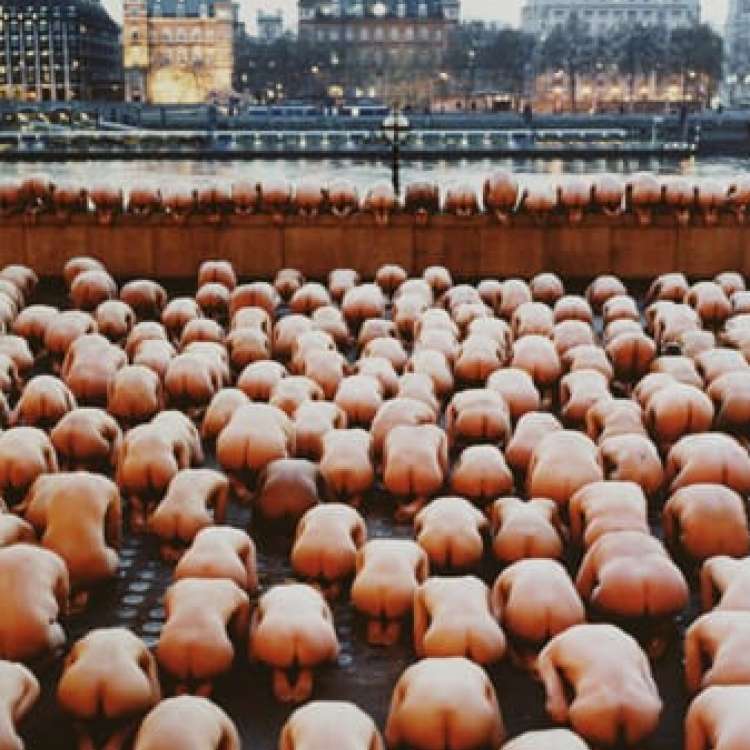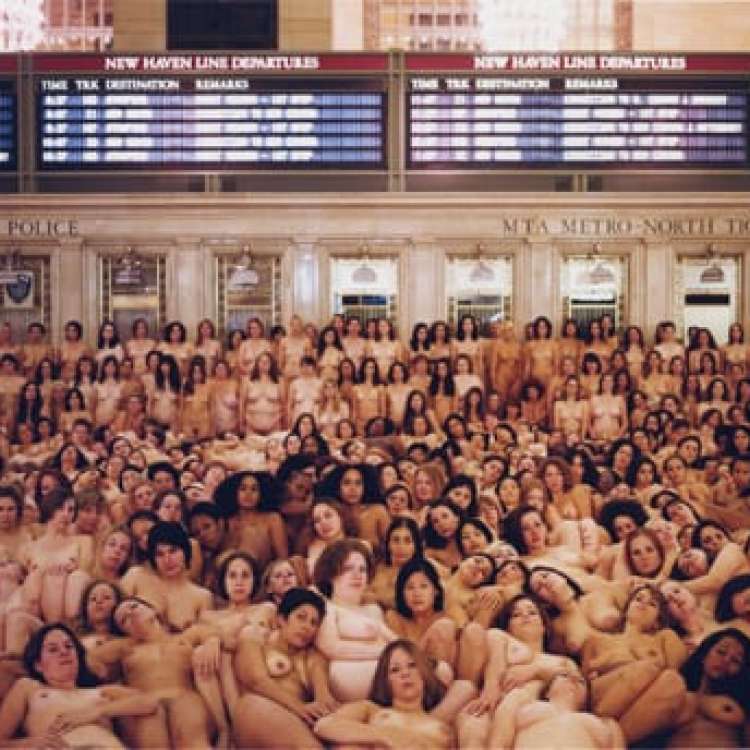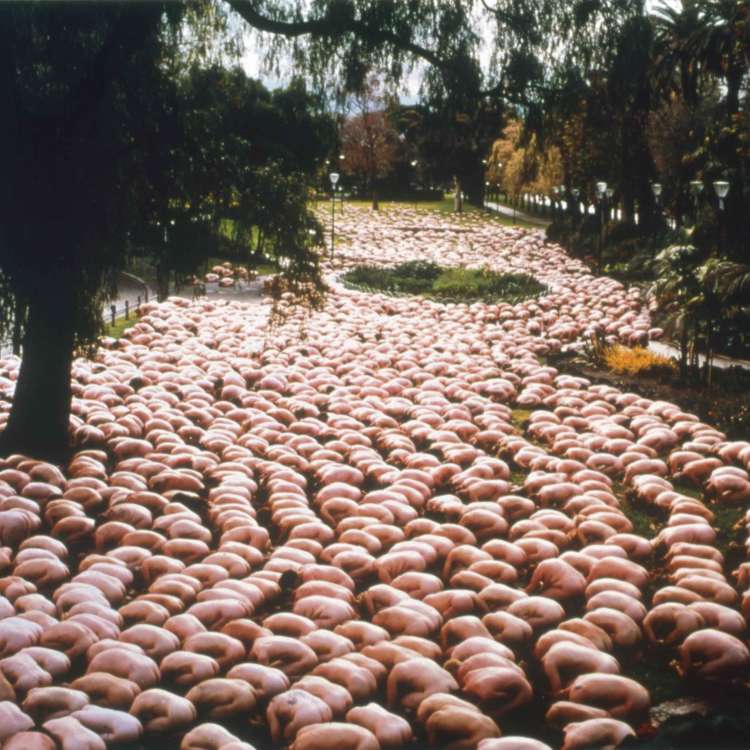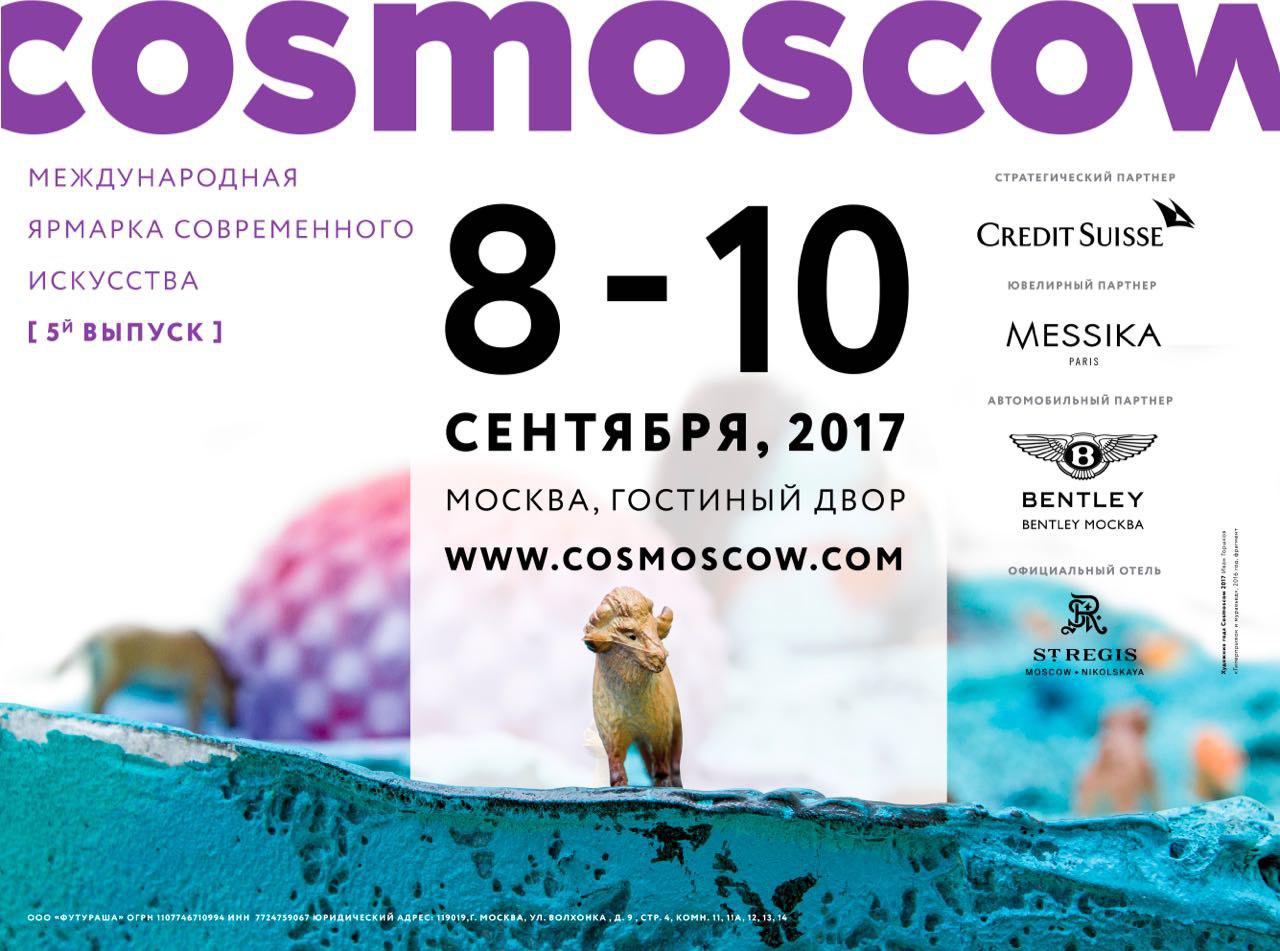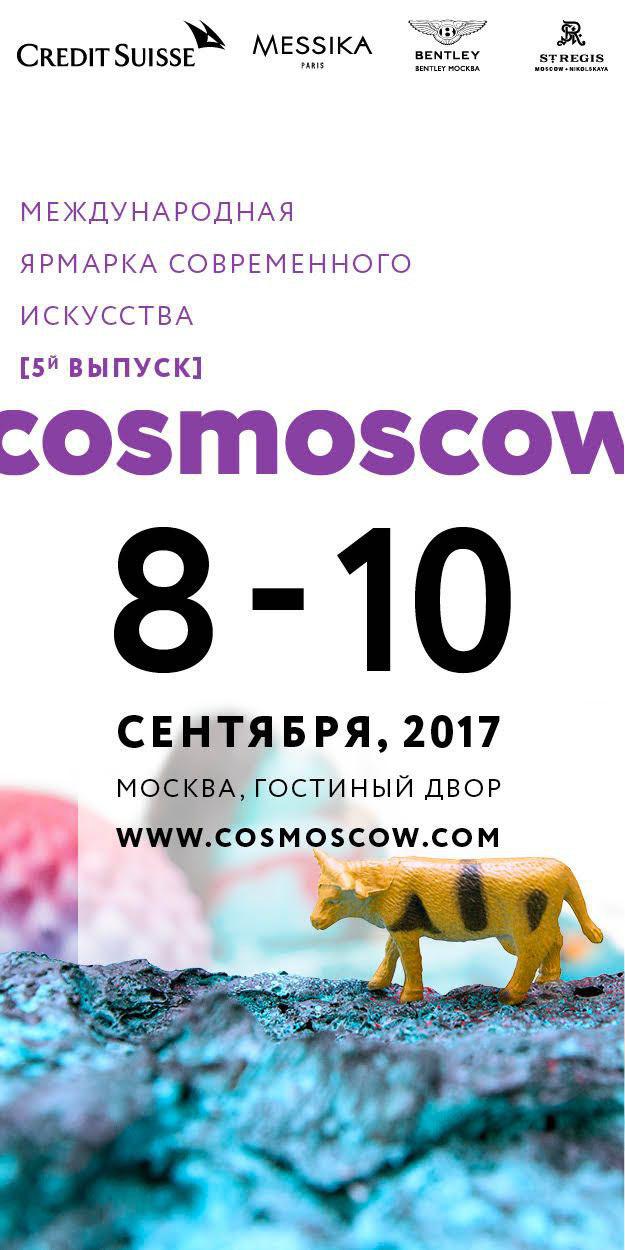For many centuries the naked body has served as an acknowledged theme of fine art. So why have Tunick’s installations caused such strong reactions from society, both positive and negative, as well as accusations of immorality and exhibitionism?
The reason probably lies in the fact that we see ourselves in them, while carved stone and painted wooden sculptures bear no relation to our lives and the times in which we live.
Spencer Tunick is able to collect thousands of nude people in public places. His final product – beautiful photographs of naked crowds – is totally devoid of advertising. Their creation takes place in two phases: the installation itself, which may be fully experienced only by the participants and organizers; and the photographs which document it, presenting elegantly posed nude bodies in an artistically created space or an urban landscape.
In Tunick’s installations it is possible to trace the traditions of land art and landscape painting as well as a certain degree of performance. As for example, in the work Barcelona 1 (Institut de Cultura) and Melbourne 2, which certainly further the idea of land art from the 1960s–70s.
It is notable that Tunick’s work allows comparison with projects by Cristo and Jean Claude, who wrapped cloth around architectural objects or landscape elements such as the islands in Biscayne Bay near Miami or the Reichstag in Berlin. Just like Cristo’s projects, Tunick’s installations require a huge amount of prepatory work, preliminary planning, negotiations with city authorities and the assembling of thousands of participants. These works are laborintensive, ephemeral and absolutely, inherently democratic.
The culmination of the activity is the shared experiences of the participants. At his shoots, Tunick assembles crowds in the most unexpected of places: the streets of Buenos Aires, the Square of Spain in Rome, the steps of the Museum of Contemporary Art in Montreal. People arrive at dawn, patiently listen to instructions, wait until there is enough light, then on Tunick’s command they peacefully strip and arrange themselves for the shoot. The serene sense of peace that comes from his installations in no way conveying the complexity of their organization and realization.

